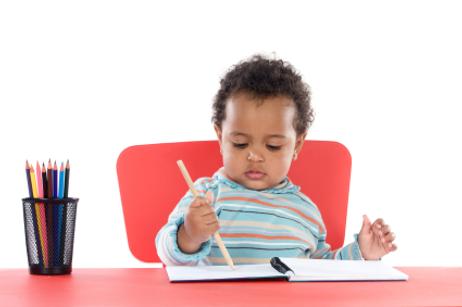Early reading has always been a cornerstone of child development, forming the foundation of lifelong learning and comprehension. How we teach children to read has seen significant shifts over the centuries, reflecting changes in education theory, societal values, and technology. This article will explore these changes, offering insights into the past, present, and future of early reading strategies for children. To understand how we teach reading in the 21st century, let's look at how they taught reading in Roman times and the Middle Ages.
Section I: Historical Timeline of Early Reading Approaches
During Roman times
In ancient Rome, the education system was quite different from what we know today, but reading was an essential skill, especially for those belonging to higher social classes. Learning to read, writing, and arithmetic was a fundamental part of a Roman child's upbringing. Here's how children were generally taught to read during Roman times.
Roman education often began at home, especially for the elite, with either the father or a private tutor providing instruction. However, there were also rudimentary forms of schools known as "ludus litterarius," which children from a broader range of social backgrounds could attend. It was the starting point of formal education for many Roman children, focusing on reading, writing, and arithmetic. While it was rudimentary compared to modern standards, it laid the foundational skills for higher levels of Roman education.
The Romans taught reading and writing concurrently. Students learned the alphabet first. It was usually

















